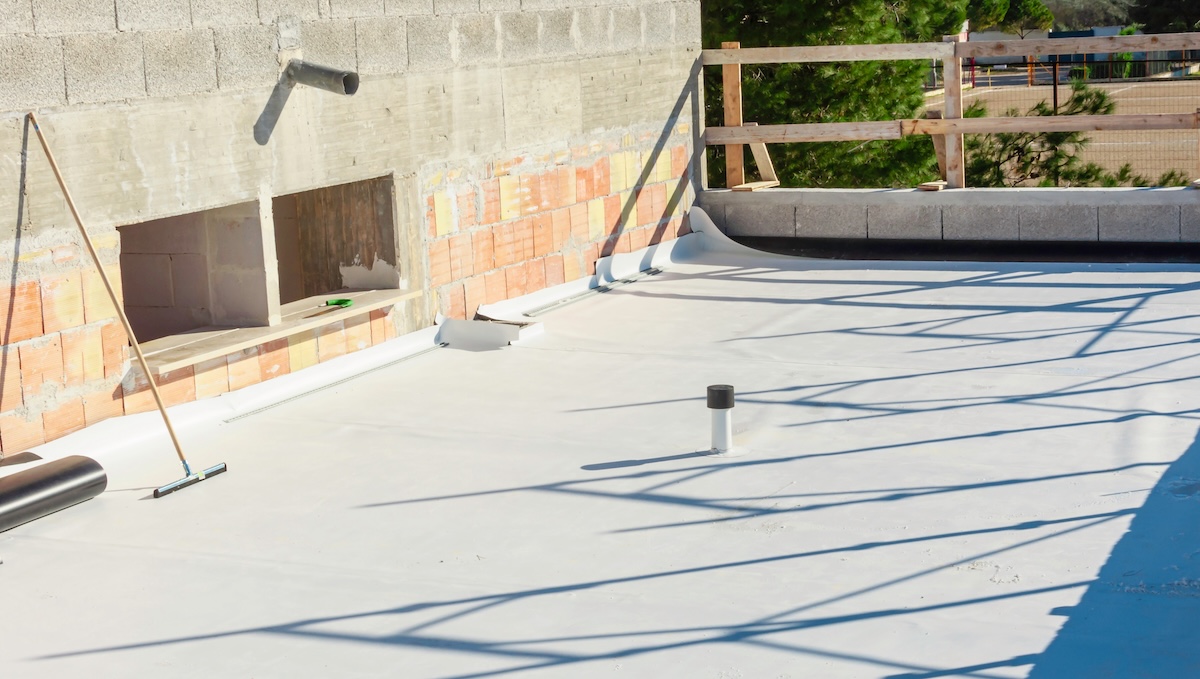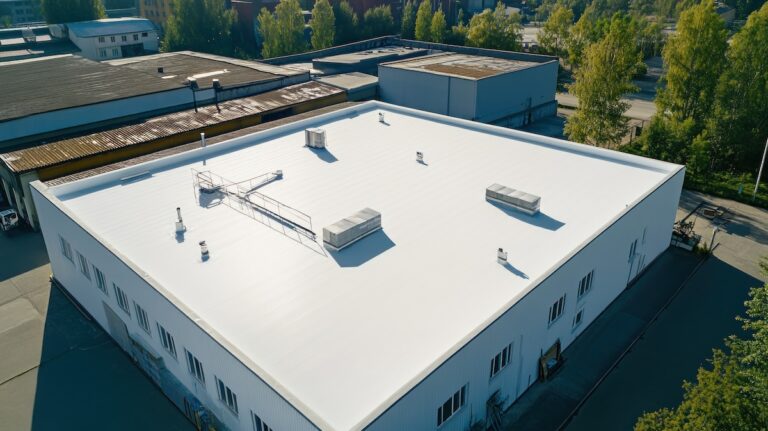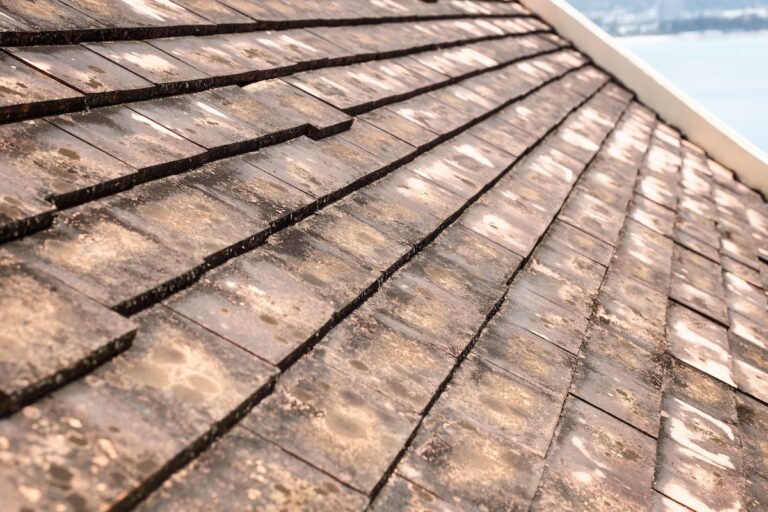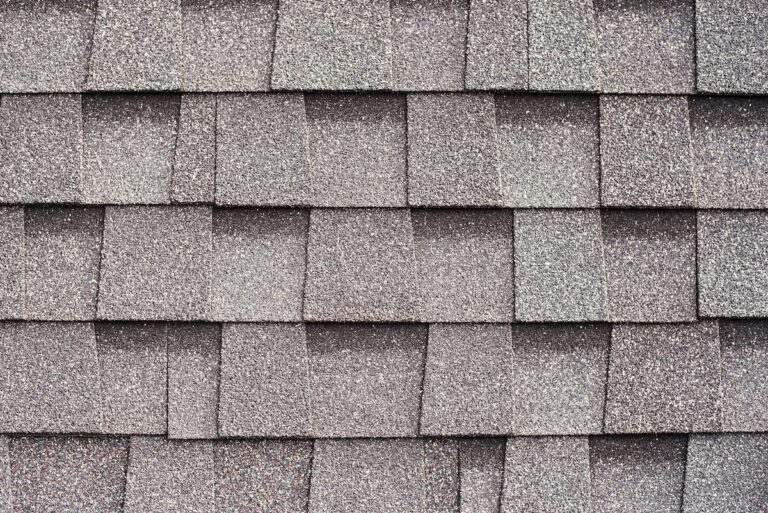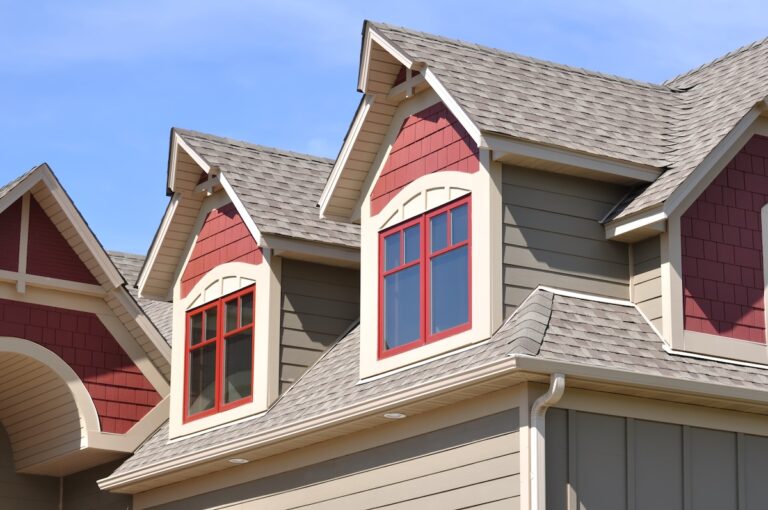When it comes to roofing solutions for commercial properties, TPO (Thermoplastic Olefin) roofing has emerged as one of the most popular choices. Known for its durability, energy efficiency, and cost-effectiveness, TPO roofing systems provide a reliable solution for property managers and commercial property owners who want to protect their buildings while keeping operational costs in check.
We understand that roofing projects can feel overwhelming, especially when you’re tasked with managing a large commercial property. That’s why we’ve put together a guide to walk you through everything you need to know about TPO roofing installation. We’ll cover:
- Its benefits
- A step-by-step overview of a commercial roof installation
- Knowledge you need to make informed decisions
What Is TPO Roofing?
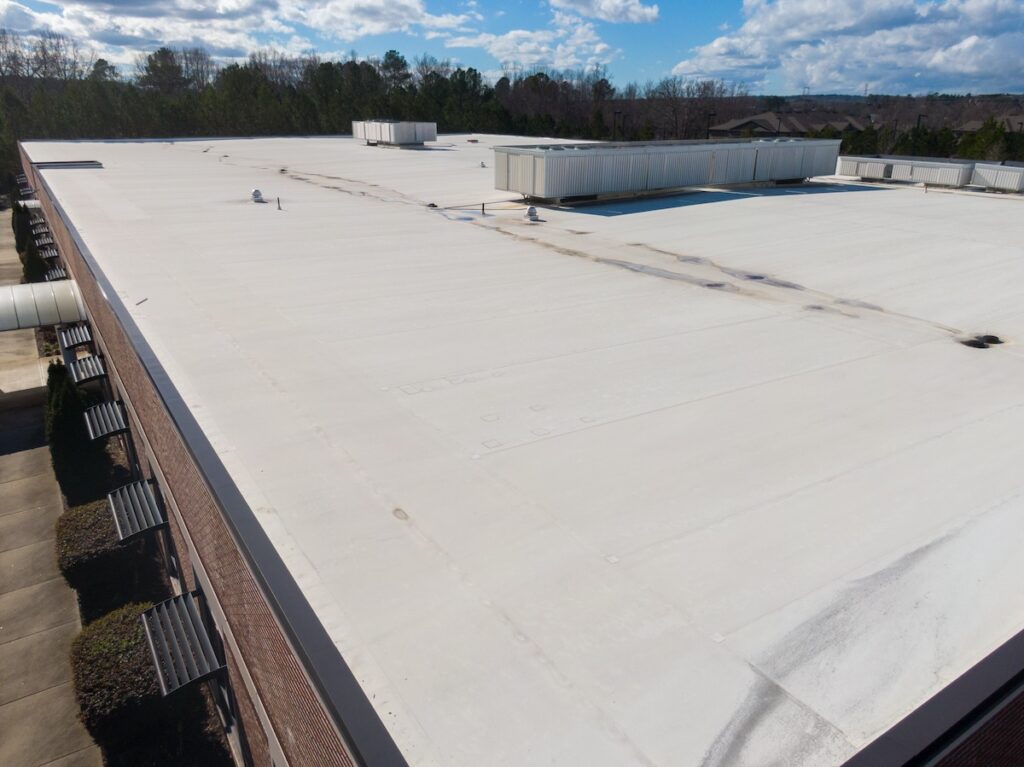
TPO, or Thermoplastic Olefin, is a type of single-ply roofing membrane made from a blend of thermoplastic and reinforcing materials. It is widely used on flat or low-slope commercial roofs due to its ability to resist UV rays, chemicals, and other elements that typically cause wear and tear on roofs.
Most TPO roofing systems consist of these three main components:
- TPO Membrane: The waterproof, synthetic rubber layer that is the core of the system.
- Reinforcement Scrim: A layer embedded within the TPO membrane to provide additional strength.
- Adhesive or Fasteners: These secure the membrane to the roof substrate.
Benefits of TPO Roofing
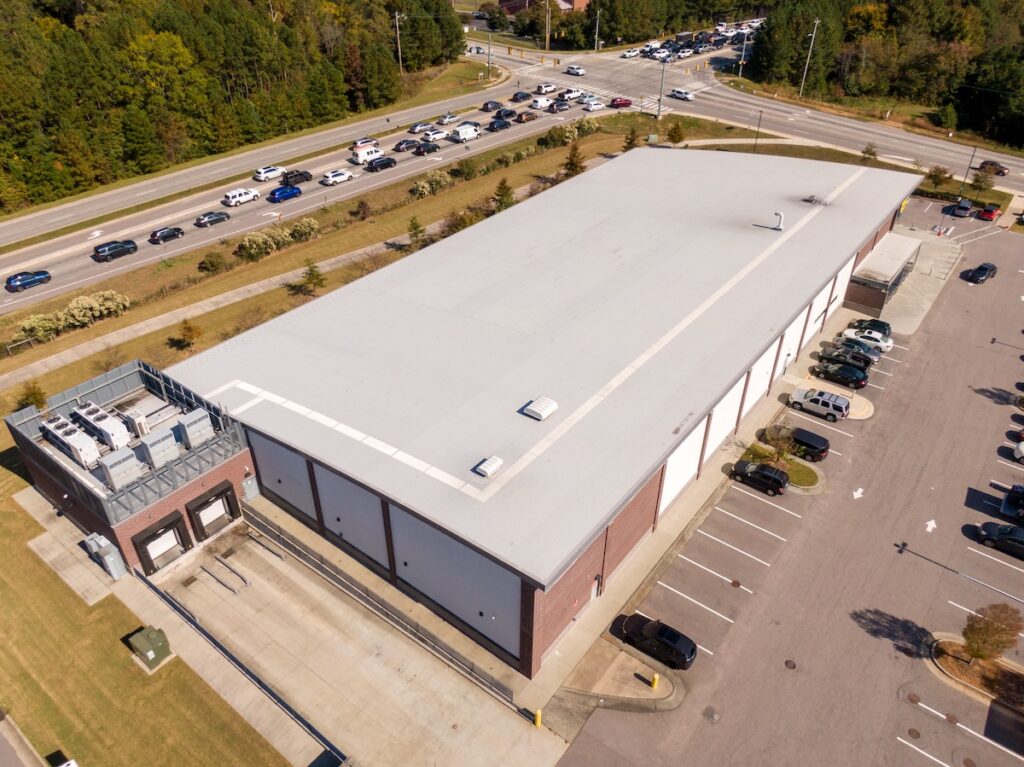
TPO roofing systems offer several advantages, making them a top choice for commercial properties. Below are some key benefits:
💡 Energy Efficiency
TPO membranes are designed with high reflectivity properties, which reflect sunlight instead of absorbing it. This helps reduce cooling costs, keeping your building’s interior cooler during hot months. A cooler roof also means using less energy, which contributes to your building’s overall energy efficiency, a good practice for commercial buildings like warehouses, offices, etc… You can also explore PVC roofing membrane alternatives to compare energy-efficient options for your commercial building.
💵 Cost-Effective
Compared to other membrane systems like EPDM or PVC, TPO roofs are more affordable, giving property owners high performance at a reasonable price. Its durability and low roof maintenance needs also mean you’ll save on repair and upkeep costs in the long run.
🛡️ Durability
TPO roofing is known for its excellent resistance to punctures, tears, and weathering. This roofing material also offers protection from harmful UV rays, ozone, and chemical exposure, which are common issues in commercial environments. Still, over time, minor damage can occur, so understanding proper TPO roof repair and maintenance helps extend your roof’s lifespan and performance.
🌍 Eco-Friendly
For environmentally conscious property managers, TPO roofing is an ideal solution. The material is fully recyclable, and many manufacturers produce TPO materials that meet or exceed sustainability guidelines.
🧰 Ease of Installation
Thanks to its lightweight and flexible structure, TPO roofing is quicker and easier to install compared to other roofing systems. This reduces labor costs and minimizes disruptions to your building operations.
Is TPO Roofing Right for You?
Before proceeding with TPO roofing installation, it’s important to determine whether this type of roof aligns with your property’s specific needs. TPO roofing is especially suitable if:
- You own or manage a flat or low-slope commercial property.
- Energy efficiency is a core priority for your business.
- You’re seeking a durable yet cost-effective solution.
- Your property is located in a climate prone to extreme UV or temperature fluctuations.
If you’re unsure whether TPO roofing is the right fit for your building, our team at G. Cannon Roofing is here to help with honest, expert advice.
The 6 Step TPO Roofing Installation Process
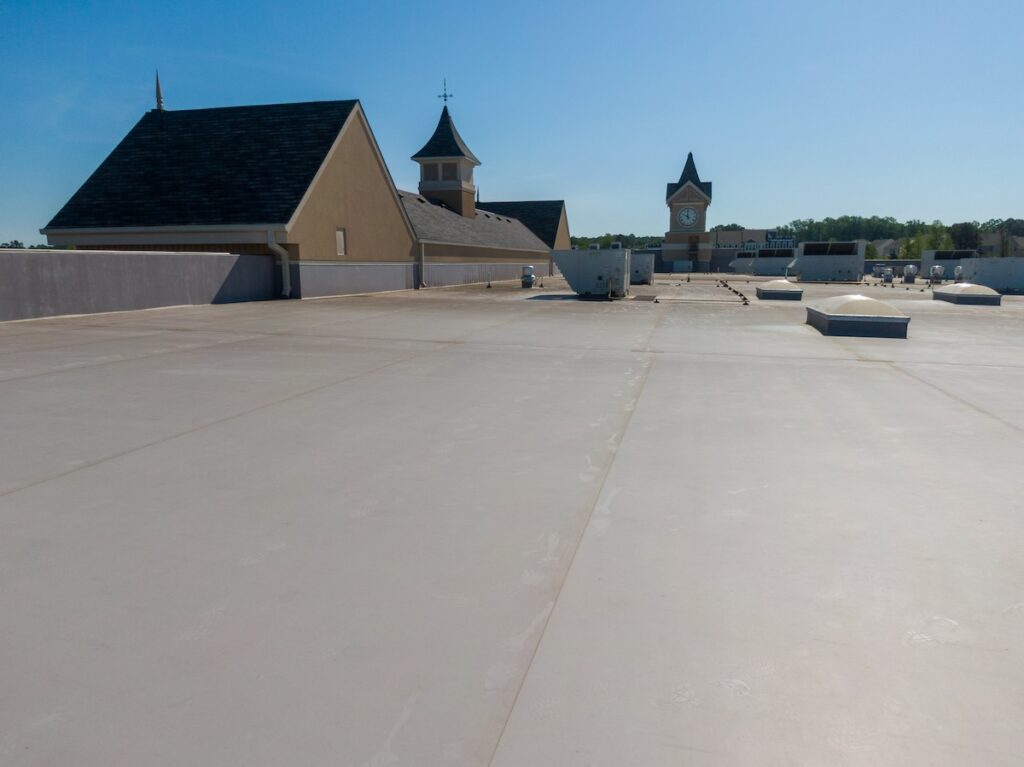
At G. Cannon Roofing, we emphasize precision and thoroughness during every phase of the roofing installation process. Here’s a detailed look at how we install TPO roofing systems:
1. Inspection and Preparation
Before installation begins, we assess your building’s roof to ensure it’s suitable for TPO installation. This includes checking the roof substrate for structural integrity and addressing any issues like water damage, mold, or loose debris. For professional evaluations, our commercial roofing contractors in Blue Bell deliver detailed inspections and clear recommendations for every project.
2. Insulation Installation
A layer of insulation is applied to the roof substrate to improve the building’s energy efficiency and thermal regulation. Common insulation materials used include polyisocyanurate, polystyrene, or fiberglass. We secure the insulation using mechanical fasteners or adhesive, depending on the specific requirements of the project.
3. Membrane Placement
The TPO membrane is carefully rolled out over the insulation, ensuring that each section is positioned correctly for optimal coverage. During this process, we also account for roof fixtures like vents, HVAC units, and skylights.
4. Seaming
The most critical part of TPO roofing installation is welding the seams. We use heat welding technology to bond the membrane seams, creating a waterproof seal that prevents leaks. This step is particularly important for ensuring the longevity and durability of your roof.
5. Fastening or Adhesion
The membrane can be attached to the roof in various ways, including:
- Mechanically Fastened: Using screws and plates to secure the membrane to the roof deck.
- Fully Adhered: Attaching the membrane with a specialized adhesive for a stronger bond and smoother appearance.
- Ballasted: Weighted down with gravel or other materials, though this method is less commonly used.
6. Final Inspection
After installation, we thoroughly inspect the roof to ensure every seam is properly welded, all attachments are secure, and the roof meets our high-quality standards. We’ll also review the installation with you and provide maintenance tips to keep your roof in excellent condition.
Long-Term Care for Your TPO Roof
Once installed, TPO roofs require minimal maintenance compared to other roofing systems. However, regular inspections are still essential to catch minor issues before they become costly repairs. Here are a few tips to maximize your roof’s lifespan:
- Schedule bi-annual roof inspections, ideally before and after winter.
- Clear debris like leaves and branches to prevent pooling water.
- Check for signs of damage after severe weather events.
- Ensure nearby rooftop equipment or structures do not puncture the membrane.
By following these maintenance steps and partnering with a trusted roofing contractor like G. Cannon Roofing, you can safeguard your investment and enjoy the long-term benefits of a TPO roof.
Get Started with G. Cannon Roofing Today
We know how important it is to find the right roofing solution for your commercial property, and TPO roofing could be the answer you’ve been looking for. Whether you’re ready to start your roofing project or need more personalized guidance, G. Cannon Roofing is here to help every step of the way. If you’re ready to start your project, our roofing services team is here to help you achieve long-lasting protection and quality results.
Contact us today to schedule your consultation or request an estimate. Together, we’ll create a roofing solution that gives you peace of mind and protects your property for years to come.
